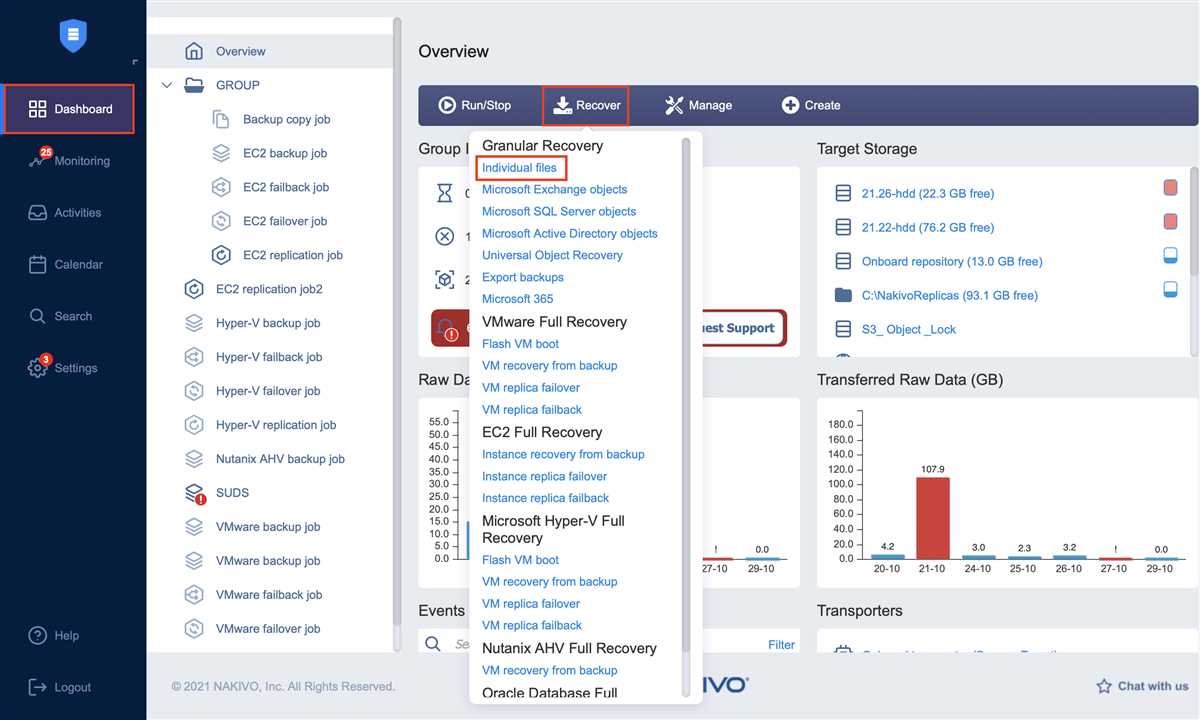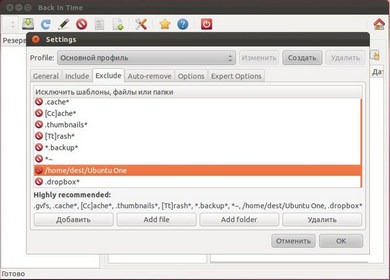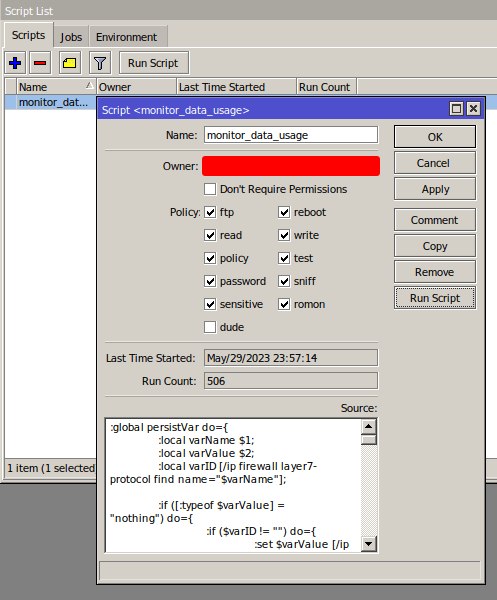How to Set Up Data Replication for Loss Prevention?
Data replication is an important aspect of ensuring the security and protection of information from loss. In this article, we will look at how to set up data replication to ensure the reliability and integrity of your information.
Data replication is the process of creating and maintaining copies of data on different devices or servers. This reduces the risk of information loss in the event of equipment failure or an emergency.
Benefits of Data Replication
One of the main advantages of data replication is increasing the reliability of the information storage system. With data replication, you can be sure that in the event of a failure of one of the servers, you will still have access to up-to-date data.
In addition, data replication helps to improve system performance, as different requests can be processed in parallel on different servers. This reduces the load on individual nodes and speeds up data processing.
How to Set Up Data Replication?
To set up data replication, you need to define the goals and requirements of your system. Choose a suitable replication method, taking into account the features of your project and available resources.
An important step is to choose a reliable data management system that supports replication functionality. Analyze the capabilities of different platforms and choose the most suitable one for your project.
After selecting a data management system, configure the replication parameters in accordance with the project requirements. Ensure regular monitoring of the replication status and data backup for additional protection.
Conclusion
Data replication is a reliable way to protect your information from losses and failures. By following the recommendations in this article, you will be able to set up data replication to ensure the security and integrity of your project.
«`




